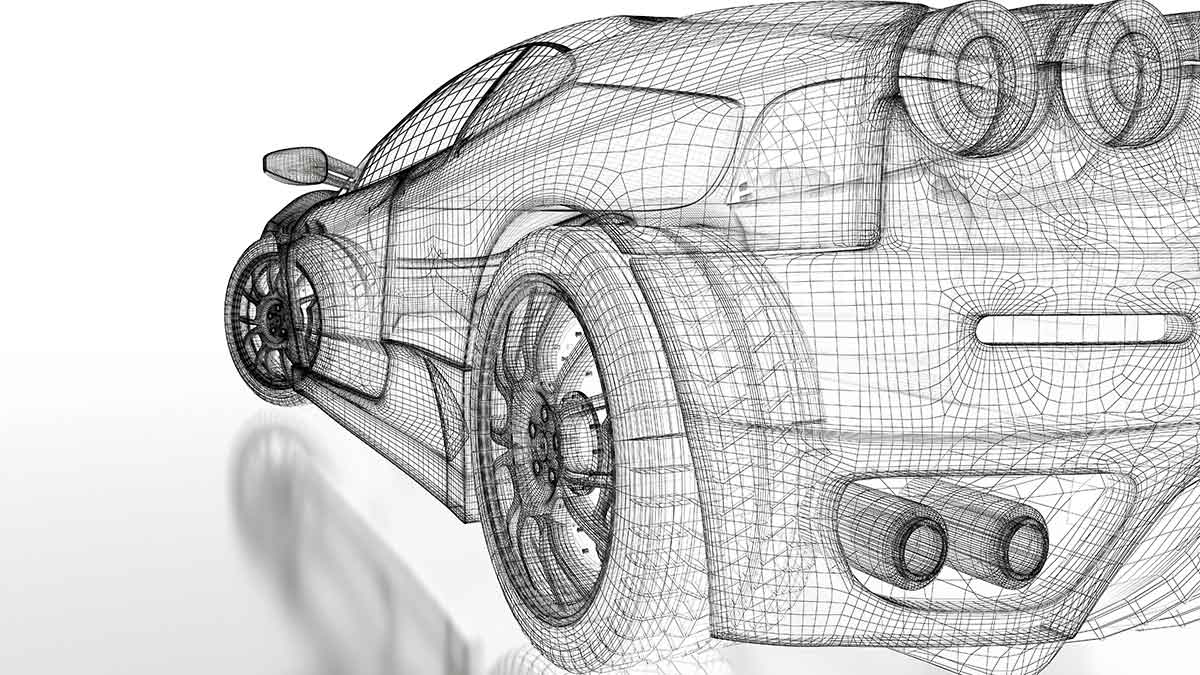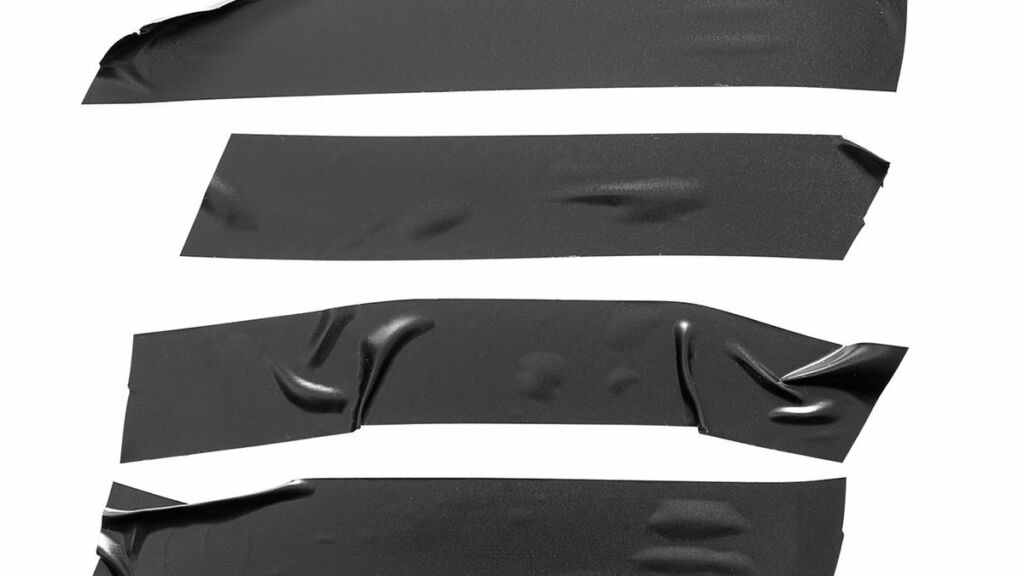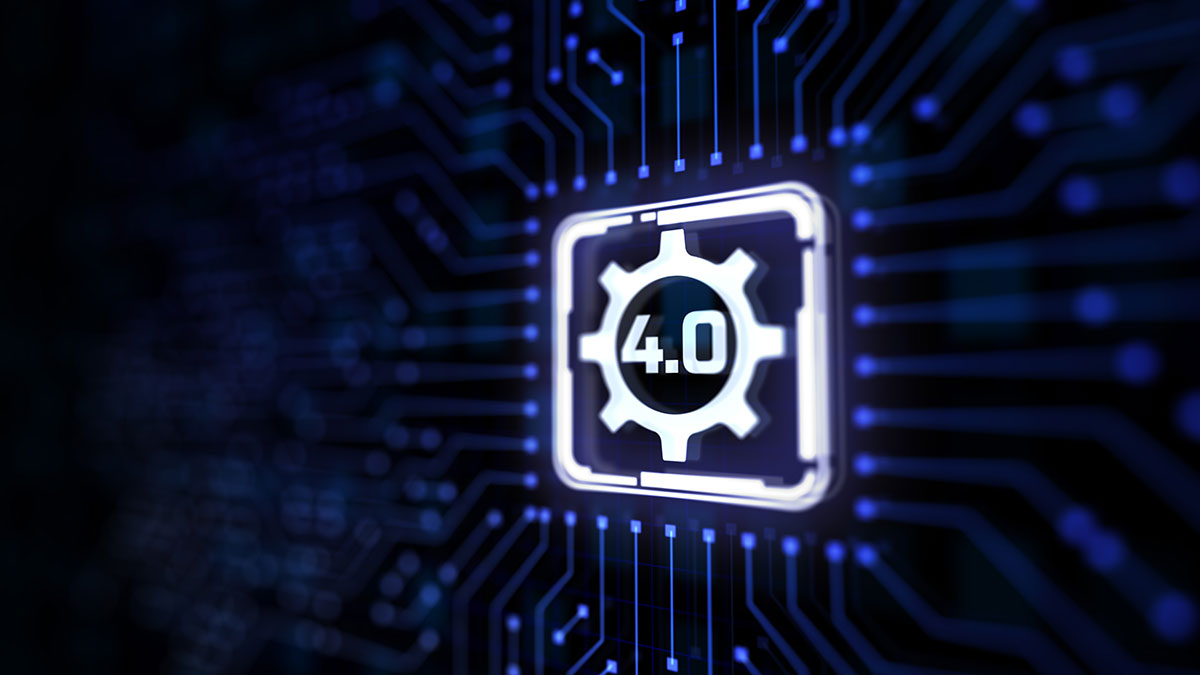A strong desire for a nimble and efficient design process is something that most design professionals have in common. Making this happen involves critically examining every stage of the process and its overall utility. In this article, we evaluate 3D rendering and examine how virtual reality can become a turning point in this aspect of design.

© Tsiumpa / stock.adobe.com
What is 3D rendering?
3D rendering is a visualization technique through which 3D models become 2D images. This step is necessary in order to get a concept ready for further computer visualization and manipulation. As a technique, 3D rendering relies on the use of dedicated software and hardware tools. Some of the most well-known tools are Keyshot or VRed.
This is considered a crucial technique in many design-related disciplines, as it has applications in architecture, film-making, advertising, graphic and automotive design, to mention just a few examples.
A brief overview of the process
The starting point is the work of one or several 3D artists or modelers. At this stage, 3D modeling software is used to create a digital model. Some surface or lighting details can be added to the concept for a more realistic effect, depending on the briefing specifications or on the software being used.
Next, a computer program maps and generates a 2D image taking the 3D model as a reference. You could equate it with taking a picture of a physical object, which creates a 2D depiction of a 3D item. This step requires using a 3D rendering tool, and is usually carried out by 3D visualization experts. At this point, it may also be necessary to touch-up, edit, or add some details to the image.
As for 3D rendering and its classification within the design process, it is usually done prior to a design review.
Disadvantages of 3D rendering
1. 3D rendering: A process within a process
3D rendering is not an end goal in itself, but rather one more step within a long-winded design workflow. In other words, it’s a process within a process. In certain industries (such as automotive design), this means that the image or files resulting from 3D rendering aren’t “sellable†per se, because they will need to be transferred into other types of software as the model makes its way through the design process.
Depending on the effort, the way the design studio works and the availability of resources (time, staff), the rendering process can take several hours to days.
With this in mind, many design professionals are left wondering if it’s possible to integrate these different sub-processes in a more effective way.
2. Communication and collaboration problems
Converting a 3D object into a 2D image requires media transfers between qualitatively different software programs. This transfer process calls for substantial human resources and expertise that is segmented in ways that don’t always facilitate communication or collaboration. Many experts take part in this process, and each have their own technical “languageâ€, which is not always translatable to other team members.
In addition, turning a sketch into a 3D model and a 3D model into a 2D file reveals a host of different interpretations and details that may not have been previously taken into account. Because of this, it often happens that a design manager approves a sketch, but not its 3D or 2D representation.
3. Subpar accuracy
Another problematic issue in 3D rendering is the fact there is an enormous segue between the 2D and 3D aspects of design. Throughout the entire process, the different stages involve a great deal of 2D work, even if the final result is a 3D project. 2D visualization techniques are simply not accurate enough when it comes to defining the form of an object. This lack of accuracy trickles down to other areas of the design process, and can become a shaky foundation for the remaining stages.
Subpar accuracy can also become evident in communication. Take design reviews as an example. Words alone cannot accurately represent the complexity of the 3D to 2D rendering process, so feedback may be misunderstood, and changes may proceed at a slow pace.
4. 3D rendering brings efficiency losses
All these factors added could result in serious efficiency losses and duplicate work, which are an important concern for design managers. It is not uncommon for designers and CAD modelers to work and re-work 3D into 2D projects for several weeks or even months.
Not only that, but renderings are dead-end roads. Once rendered, the object cannot be edited any further. Any changes require going back to the source, editing it, and re-rendering it.
When disadvantages translate into efficiency losses, it’s time to examine alternatives. Next, we look into virtual reality technology and its benefits.
Advantages of designing in VR
Efficiency issues in 3D rendering are the result of both process design glitches and the tools design teams currently have at their disposal. Virtual reality has emerged as a tool that supports the entire design process with as few media or “language†transfers as possible. Some of its advantages include:
1. Bypassing 3D rendering without losing quality
Virtual reality makes 3D rendering superfluous. This is the truly revolutionary aspect of this technology when applied to design. With VR design software like flyingshapes, your team gets to work in a digital-first environment where a concept can be developed in full detail without constant media transfers.
Once unnecessary stages are out of the picture, design teams can become more agile and improve the time-to-market of virtually every project.
2. Contextualized visualization
Using flyingshapes, realistic 3D visualizations are recreated in context, right from the start. This allows design teams to anticipate the practical aspects of a product’s use early in the process, so they can proceed with certainty and with more solid knowledge of what’s needed to make the concept fully workable.
3. Get the entire team on board easily
As a design manager, you probably know that the very idea of introducing a new software tool can cause agitation in your team. Designers are already pressed for time and many are simply not keen on learning to interact with a program that has little to do with their job.
But what if there was a design tool that was intuitive, easy to learn, and could help you get the team excited about using it? That’s exactly what flyingshapes offers: immersive, intuitive and attractive VR-based design and modeling.
4. Suited to remote work
Designing in VR can facilitate a seamless transition towards digital transformation. Teams can create, curate, evaluate and communicate remotely using a single interface. Moreover, flyingshapes features robust security to help design firms protect their intellectual property.
Conclusion
The development of virtual reality and its application to design can become a turning point for design teams looking to improve their processes. This technology can greatly simplify the design process and eliminate the need for sub-processes like 3D rendering. Automotive designers can reduce their time to market by up to 77 % and enjoy efficiency gains of 80 %. Stop wasting your time with unproductive and unnecessary tasks and focus on your creative work.


